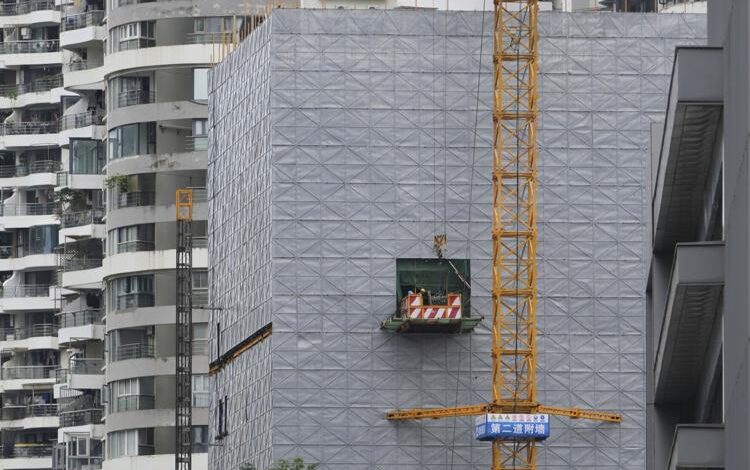China’s Communist Party Maps Out Five-Year Plan Amid Challenges

China’s ruling Communist Party convened on October 23, 2023, in Beijing for a crucial gathering aimed at outlining its strategic goals for the next five years. This closed-door meeting, known as the fourth plenum, will last four days and is expected to finalize the framework for the 2026-2030 five-year plan. With trade tensions escalating between Washington and Beijing, the meeting comes at a pivotal moment, just ahead of a potential discussion between Chinese leader Xi Jinping and U.S. President Donald Trump at a forthcoming regional summit.
Key Objectives and Economic Landscape
The fourth plenum, part of a series of sessions held during the party’s five-year term, includes about 370 members of the central committee. While the specifics of the five-year plan will not be publicly disclosed until the annual session of the National People’s Congress in March 2024, analysts anticipate continuity in approach rather than a dramatic overhaul of previous plans. Lynn Song, chief economist for Greater China at ING Bank, emphasized that the messaging style will likely remain consistent with earlier frameworks.
According to the World Bank, China’s economy is projected to grow by 4.8% this year, closely aligning with the government’s target of around 5% growth. Despite facing challenges from an ongoing trade war and persistent domestic issues, the government remains focused on stimulating consumer spending and investment. Efforts to curb excess capacity in various industries will also be on the agenda.
Additionally, Xi is expected to reinforce China’s ambition to become a global leader in advanced technologies, including artificial intelligence. This drive for technological self-sufficiency has gained urgency in light of tightening U.S. export controls and tariff increases. Ning Zhang, a senior economist at UBS, noted that such dynamics could lead to increased investments in advanced technology sectors.
Challenges and Consumer Confidence
Economists are particularly interested in whether the leadership will adopt a more aggressive approach to enhancing domestic consumption. Leah Fahy, a China economist at Capital Economics, pointed out that the government has introduced incremental policies, such as subsidies for childcare and consumer loans, to stimulate borrowing and demand. Despite these measures, consumer confidence remains fragile, largely due to the impact of a prior property market collapse.
The ongoing price wars in the automotive sector illustrate the intense competition driven by overcapacity in many industries. China’s exports have surged, particularly to regions like Southeast Asia and Africa, as companies seek to diversify their markets. Nonetheless, this expansion has also heightened tensions with the U.S. and other trading partners.
Post-COVID-19 recovery has also presented challenges, with the property sector struggling to regain momentum. The downturn has led to significant job losses and a subsequent decline in household spending as property values stagnate. Wendy Leutert, an economics and trade professor at Indiana University, noted that the Chinese government continues to underinvest in critical areas such as health care and education, which are essential for balancing the economy and fostering consumer confidence.
As China navigates these obstacles, it faces demographic pressures as well. The population of approximately 1.4 billion is beginning to age, contributing to a youth unemployment rate of nearly 19%, according to official statistics. The Chinese leadership aims to double the economy’s size by 2035, but maintaining a growth rate of 4% to 5% in the coming decade is viewed as increasingly challenging.
Ultimately, for China’s leadership, demonstrating the ability to achieve ambitious economic goals is crucial. Ning Zhang remarked that stability and legitimacy remain paramount, as the ruling party continues to seek support from the populace through improved living standards. The outcomes of this plenum will be instrumental in shaping the direction of China’s economy in the coming years.






